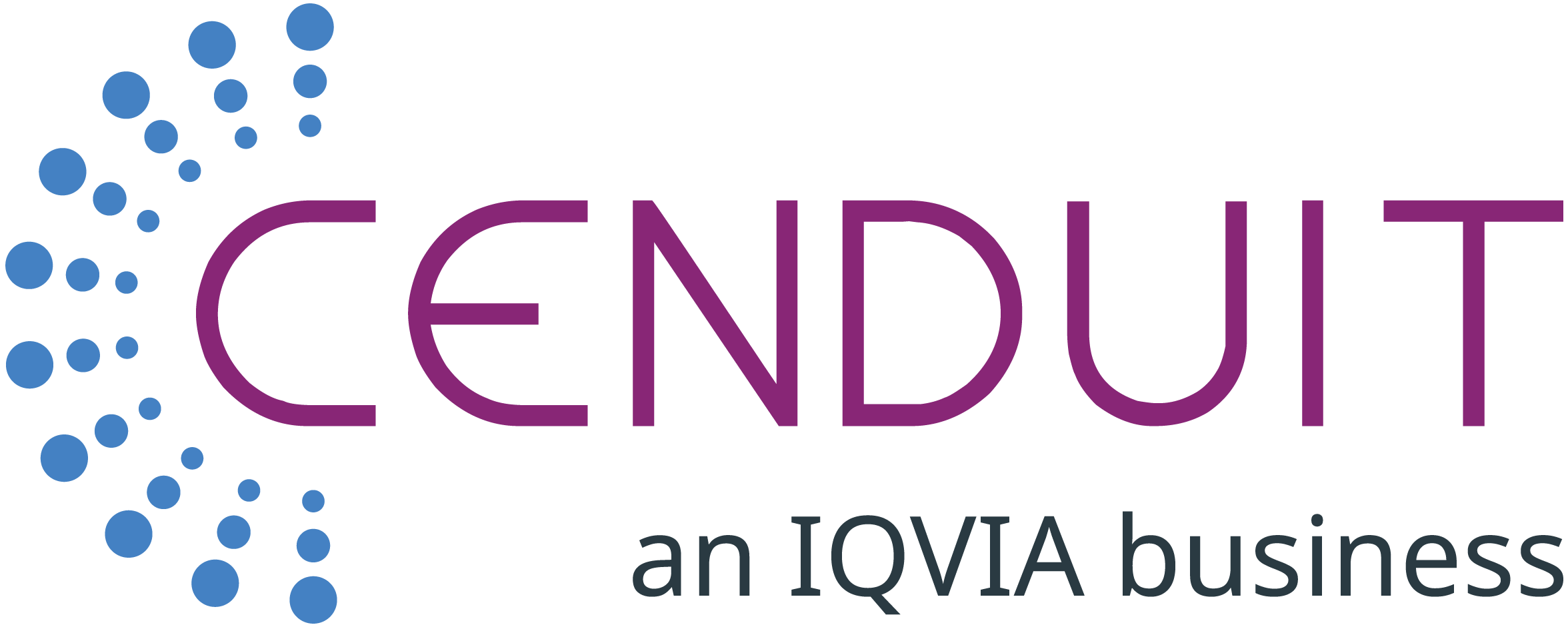Drug Pooling – A Strategy to Significantly Reduce Overages
As we discussed in a previous blog, the Cenduit Drug Supply Center of Excellence (CoE) is dedicated to helping our clients use agile methods to accelerate the build of safe clinical trials, while helping to solve the industry’s 200% drug overage problem.
Another critical part of an overall supply management strategy for sponsors is understanding a growing trend in response to a need we’re seeing across global clinical trials: drug pooling.
Read the Whitepaper: Top Five Reasons You Need IRT Expertise, Not Just Software
Drug pooling is the common practice of strategically using drugs across different clinical studies to significantly reduce drug overages and maintain drug supplies for study patients. This strategy, used in conjunction with IRT, is one that the Cenduit CoE recommends, and many of our clients are exploring in response to the continued modernization and complexity of clinical trials in which a one-size-fits-all approach simply does not work.
When to Use Drug Pooling as a Part of Drug Supply Chain Management
Pooling can be appropriate when the study drug lends itself to be used in the same kind of design across different protocols. Often these protocols are running concurrently, and the drug is packaged in the same way. The more studies you run together, the bigger the benefit of pooling. (However, if the design of the drug is specific to a study, there is typically no point with pooling it with another study.)
Drug pooling has been discussed for over 10 years. This type of modeling is not technically challenging, it has tremendous benefits, and is one of the most under-utilized drug supply management strategies with an IRT system. The main benefit is cost savings. Across numerous industry biopharma conferences, attendees may observe presentations of the great financial savings that pooling can provide across a clinical program. Why does this matter? If you can pool a drug across studies you need less stock, because you can be more flexible with your drug.
Consider this hypothetical scenario: Suppose you have 6 studies in the U.S. with the same drug. Perhaps one study is running slower than expected, and another is running faster than expected. With pooling, a sponsor can elect to send more drug to the study that is running faster. This action will not affect your stock because there is already another study that is running a bit delayed.
Regulatory challenges are a potential issue with drug pooling. Different local regulations, especially across European countries, make sponsors initially reluctant to pool despite the planning benefits. However, there are numerous cases of sponsors who pool that are living with the regulatory pushback, and have become good enough in practice to defend potential hurdles.
Where is Drug Pooling Headed? Cost Savings and Eliminating Drug Overage Challenges
The next natural evolution of drug pooling needs to be a global consensus building of best practices across countries and regions, to reap the benefits and potential efficiency savings. The need for multi-geographical regulatory buy-in will ultimately help sponsors with potential savings as a part of their drug supply chain strategy. On the other hand, if one or more countries won’t accept pooling, the practice would need to be adjusted certain countries and not in others, and you would lose part of the savings.
Drug pooling also can help to solve our industry’s 200% overage problem in clinical trials. Part of the problem is that study organizers often supply individually per study, and studies can frequently be delayed, especially if they are more complex or multi-phase studies. This uncertainty is why many study sponsors tend to package “too much” or “too early,” to be on the safe side. Overwhelmingly, these studies often are delayed and have wasted a large quantity of the drugs they’ve already prepared. In pooling across different studies, you are much more able to minimize the risk and keep your overage lower, because the forecasted need across multiple studies can be more accurately calculated and stocks at depots can be used more flexibly. In fact, I would expect the overage need on pooled studies to be reduced by 20-50%.
It is clear drug pooling offers an important benefit from a logistical and supply chain perspective, and makes it easier to have the drug available for patients. Clinical studies are large and costly. If we can adopt new methods to bring down costs, in the end we can help to bring down the cost of drugs throughout the program and when they’re on the market, as well.
I invite you to contact us to learn how the Cenduit Drug Supply Center of Excellence can help your organization use agile, economical methods to accelerate clinical study builds that optimize drug supply while keeping patients safe and engaged.






